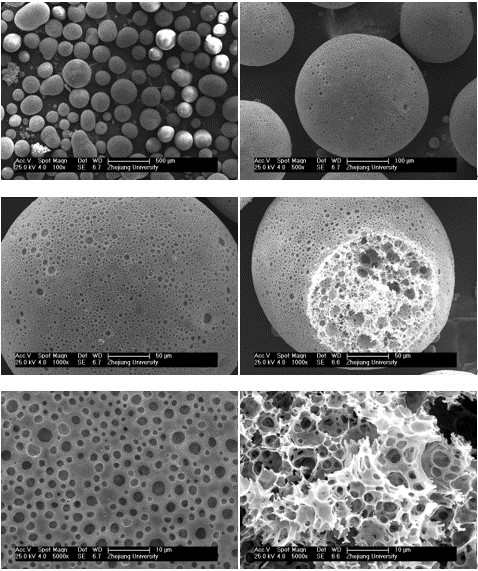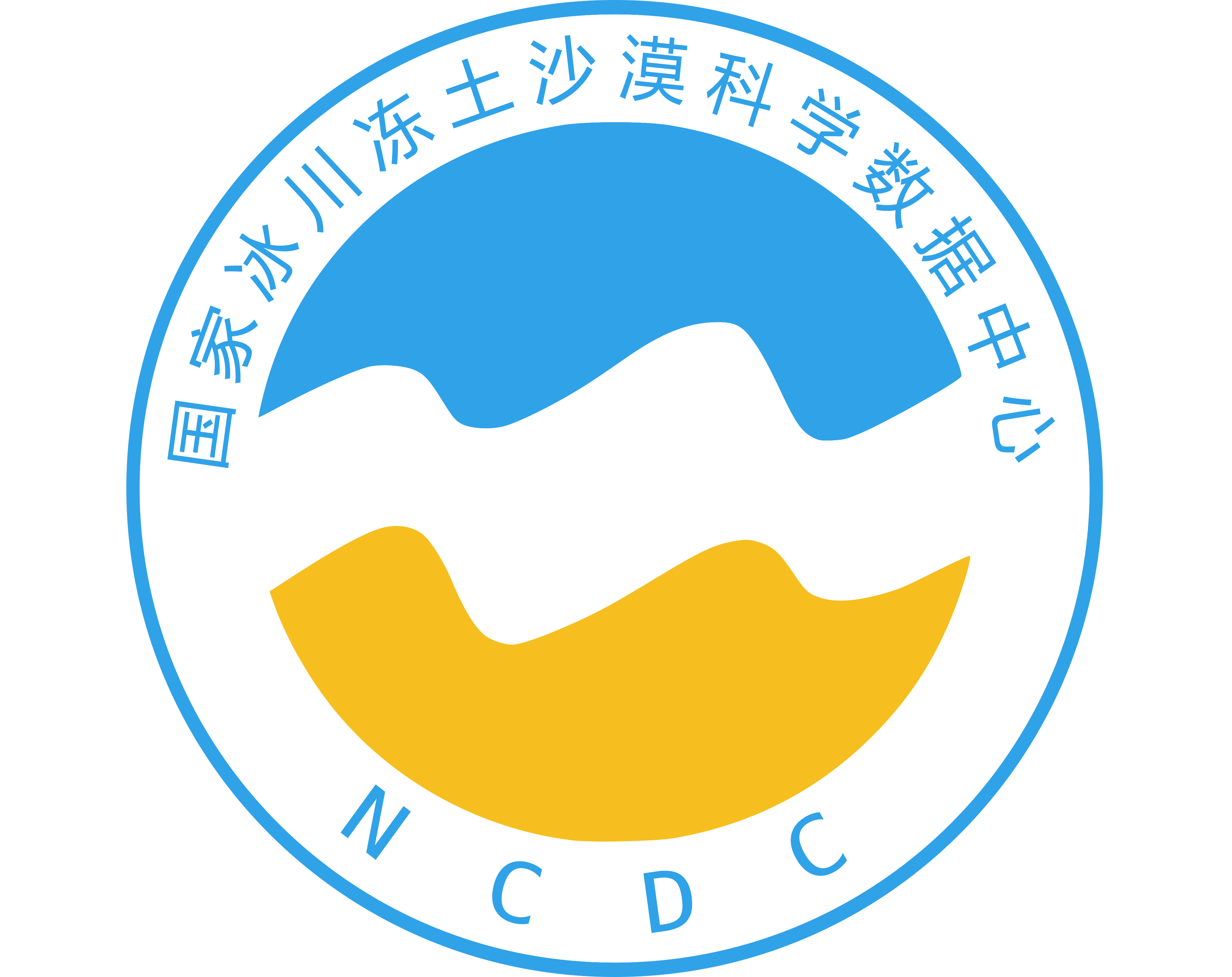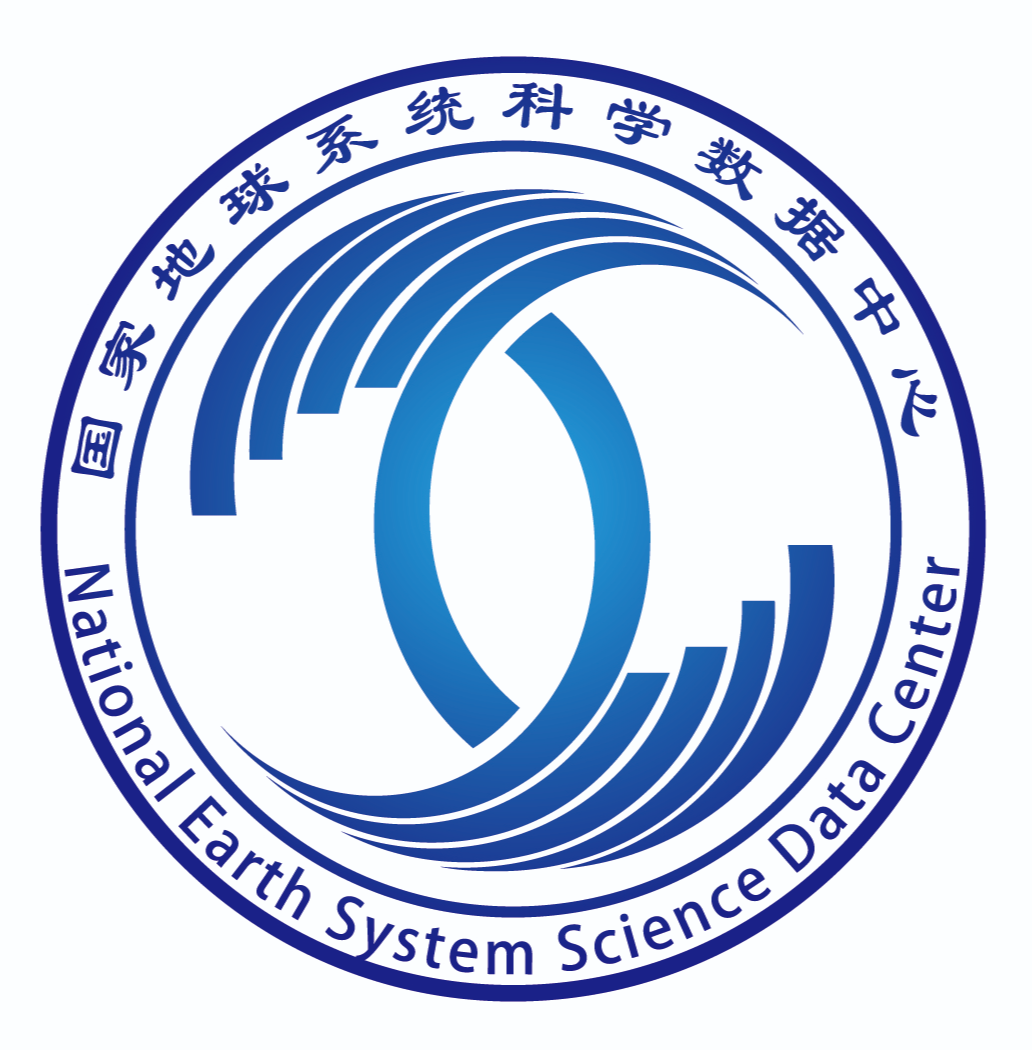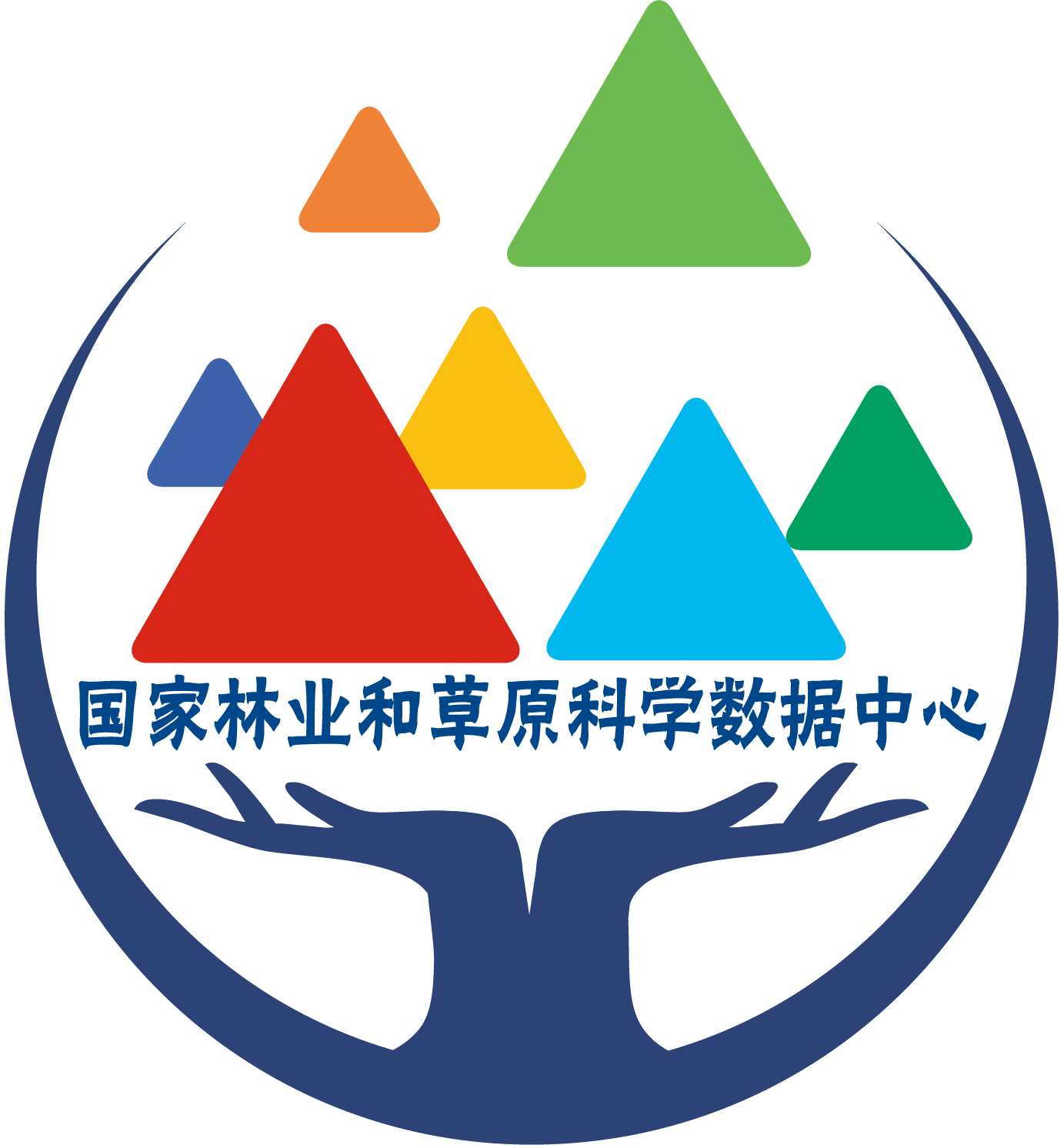The figure shows the microstructure, surface and cross section structure of the obtained ethylcellulose microsphere powder. It can be seen from the figure that the obtained powder presents an irregular morphology, and its particle size distribution is about 100~500 nm. Since the water phase in the first emulsification process is an unsaturated aqueous solution of ethyl acetate, ethyl acetate begins to dissolve in the water phase at the initial stage of emulsification. This results in an increase in the viscosity of the oil droplets, resulting in the formation of a rigid oil/water interface at the initial stage of emulsification, so that the damage of the oil droplets under high-speed shear is suppressed. The irregular morphology of the obtained powder should be due to the deformation of large size oil droplets with high viscosity under high-speed shear. In addition, it can be seen from the figure that the obtained powder has a large number of open structures on its surface, and the SEM photos of the powder section also show that the obtained powder has a porous structure, and the internal structure is mostly through the hole.






















